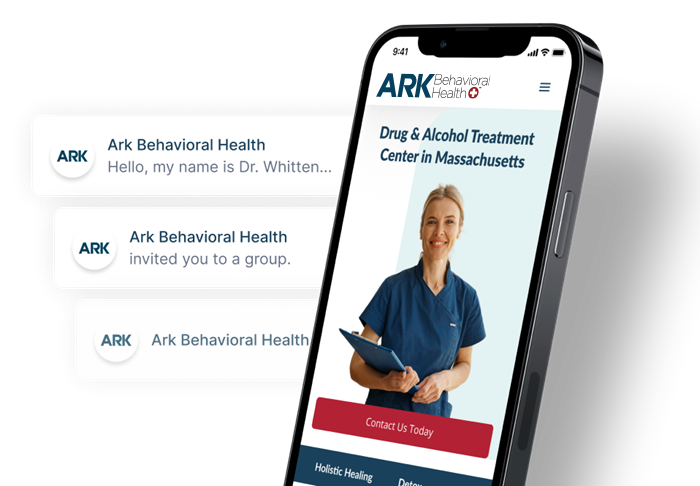Drinking Vodka To Get Drunk | Number Of Shots & Safety Concerns

Vodka is a clear, distilled, gluten-free alcoholic beverage made from grains, corn, or potato. First created in Europe sometime in the Middle Ages, modern vodka is available in a variety of different strengths, most commonly 80 proof or 40% alcohol by volume (ABV).
Because of its high alcohol content, neutral flavor, and affordability, vodka has become exceedingly popular in the United States as well as many other nations. It’s one of the most heavily abused alcoholic beverages available.
How Many Shots Of Vodka Does It Take To Get Drunk?
Experts have settled on drunkenness generally occurring when a person’s blood alcohol concentration (BAC) reaches .08% to .10%, which is above the legal limit to drive.
This means:
- an average 170 lb woman becomes drunk after around 4 shots of vodka
- an average 200 lb man becomes drunk after around 6 shots of vodka
Naturally, you will likely feel the effects of drinking vodka well before this point, usually after a shot or two.
The concentrated ethanol in vodka (when taken as a shot) can cause a sudden and rapid increase in blood alcohol level, resulting in a short-term euphoria and increased social drive.
Factors That Affect The Number Of Shots
When it comes to alcohol, everyone is different. Differences in body weight, age, tolerance, and whether you’re drinking on a full or empty stomach can greatly influence the effect and risk of any alcoholic beverage.
Men tend to be able to drink more than women. Bigger people and those with a higher body mass index (BMI) tend to be able to drink more than smaller people with less body fat.
Those who drink more often will likely have a greater tolerance to the effects of alcohol, which means they may need to drink more than the average person to get drunk.
Alcohol Equivalence & The Standard Drink
Alcohol equivalence states that the effects of alcohol and your blood alcohol content depend on the concentration of ethanol in the specific alcoholic drink you’re having.
In other words, if a drink is stronger you can drink less of it and still get just as drunk as if you drank a lot of something weaker.
This is why the definition of a standard drink changes so much from drink to drink, which is defined as:
- .5 ounces of pure alcohol
- 1.5 ounces of hard liquor (one shot glass)
- 4-5 ounces of wine (one glass of wine)
- 12 ounces of beer or hard cider (one can)
Is It Safe To Get Drunk On Vodka?
While most alcohol consumption in the United States is low risk, drinking vodka or any other type of alcohol with the goal of getting drunk is never safe. It puts you at risk of both short-term and long-term consequences, including potentially severe health risks.
Moderate Alcohol Use
Though researchers are divided, there is evidence that drinking a moderate amount of alcohol can provide limited health benefits, especially when it comes to cardiovascular health.
Moderate alcohol consumption for women is considered to be one drink or less a day, whether that drink is beer, wine, a shot, a mixed drink, or something else.
Moderate alcohol consumption for men is considered to be two drinks or less per day.
Heavy Alcohol Use
Heavy alcohol use, or heavy drinking, is a pattern of alcohol consumption that occurs when you drink a large number of drinks over a one-week period of time. It puts you at risk of long-term health issues related to excessive alcohol consumption if this pattern continues long-term.
For women, heavy drinking is defined as having 8 drinks or more per week.
For men, heavy drinking is defined as having 15 drinks or more per week.
Health risks associated with heavy drinking include an increased risk of liver disease, heart disease, cancer, mental health and personality changes, and alcohol use disorder (AUD).
Binge Drinking
Binge drinking involves drinking alcohol in excess over a short period of time, resulting in a BAC of 0.08% or higher. And when it comes to getting drunk, which often happens at parties and other social events, hard liquors like vodka and tequila are popular go-to options.
If taken too far, however, binge drinking can lead to a variety of serious consequences, including accidental injury or death, acts of domestic or sexual violence, amnesia/blacking out, and alcohol poisoning, which can be fatal.
The CDC considers binge drinking to be the most common, costly, and deadly pattern of excessive alcohol use in the United States.
If you struggle to drink alcohol in moderation, a professional treatment program might be right for you. To learn more, please contact us today.
If you’d like to learn more, please contact Ark Behavioral Health today.
Written by Ark Behavioral Health Editorial Team
©2024 Ark National Holdings, LLC. | All Rights Reserved.
This page does not provide medical advice.
Centers for Disease Control and Prevention (CDC) - Binge Drinking is a serious but preventable problem of excessive alcohol use
Centers for Disease Control and Prevention (CDC) - Excessive Alcohol Use
National Institute on Alcohol Abuse and Alcoholism - What Is A Standard Drink?

Questions About Treatment?
Ark Behavioral Health offers 100% confidential substance abuse assessment and treatment placement tailored to your individual needs. Achieve long-term recovery.
100% confidential. We respect your privacy.
Prefer Texting?
Our friendly support team is here to chat 24/7. Opt out any time.







 Learn More
Learn More








